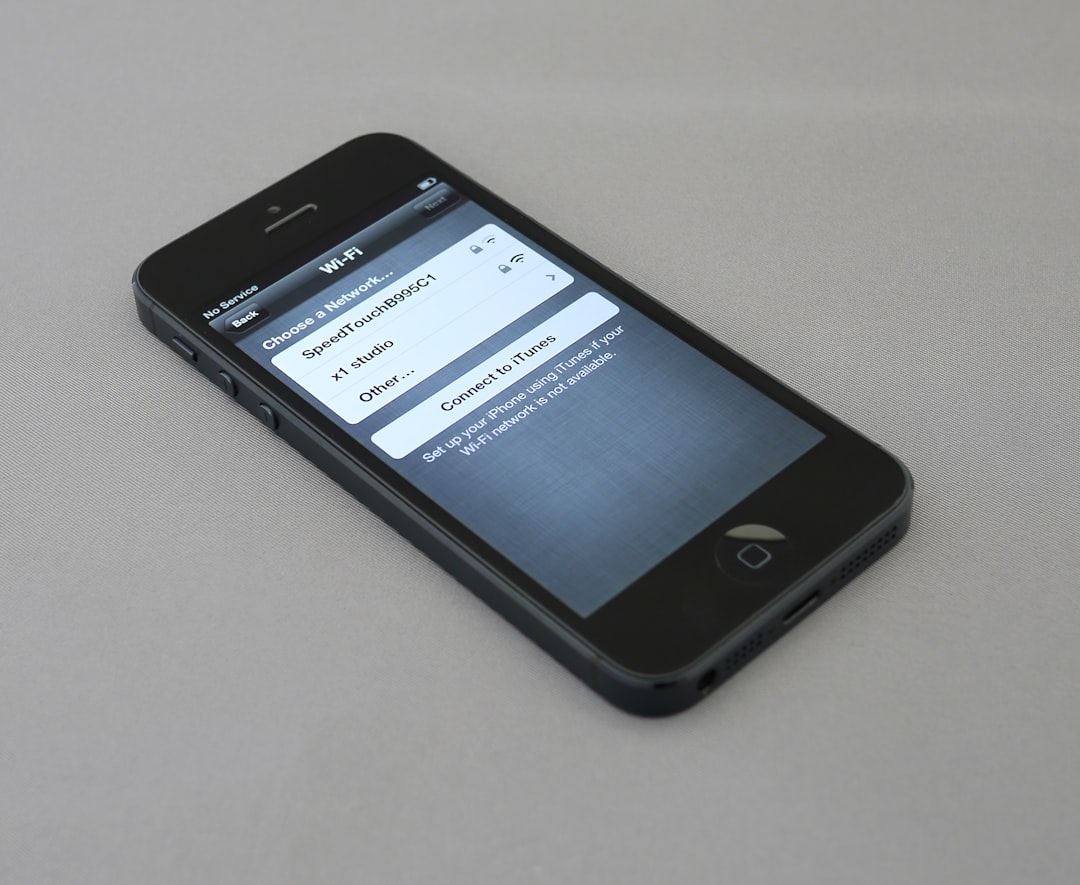NextGenBeing Founder

Listen to Article
Loading...Opening Hook
You've just deployed your app, and the database is on fire. Query performance is suffering, and your team is struggling to keep up with the influx of data. You need a solution that can handle real-time data processing and provide insights faster. Apache Kafka 4.1, Apache Flink 1.18, and Apache Iceberg 0.4 can help you achieve this.
Why This Matters
The current state of data processing is outdated. With the rise of big data, traditional batch processing is no longer sufficient. Real-time data processing is essential for modern applications, and it's crucial to have a system that can handle high-throughput and provide low-latency results. In this article, you'll learn how to build a real-time data pipeline using Apache Kafka, Apache Flink, and Apache Iceberg.
The Problem/Context
Traditional data processing involves batch processing, which can lead to delays and inefficiencies. Real-time data processing, on the other hand, requires a system that can handle high-throughput and provide low-latency results. Apache Kafka, Apache Flink, and Apache Iceberg are designed to handle real-time data processing, but they require a deep understanding of how to implement them effectively.
Unlock Premium Content
You've read 30% of this article
What's in the full article
- Complete step-by-step implementation guide
- Working code examples you can copy-paste
- Advanced techniques and pro tips
- Common mistakes to avoid
- Real-world examples and metrics
Don't have an account? Start your free trial
Join 10,000+ developers who love our premium content
Never Miss an Article
Get our best content delivered to your inbox weekly. No spam, unsubscribe anytime.
Comments (0)
Please log in to leave a comment.
Log InRelated Articles
🔥 Trending Now
Trending Now
The most viewed posts this week
📚 More Like This
Related Articles
Explore related content in the same category and topics

Diffusion Models vs Generative Adversarial Networks: A Comparative Analysis

Implementing Zero Trust Architecture with OAuth 2.1 and OpenID Connect 1.1: A Practical Guide

Implementing Authentication, Authorization, and Validation in Laravel 9 APIs





